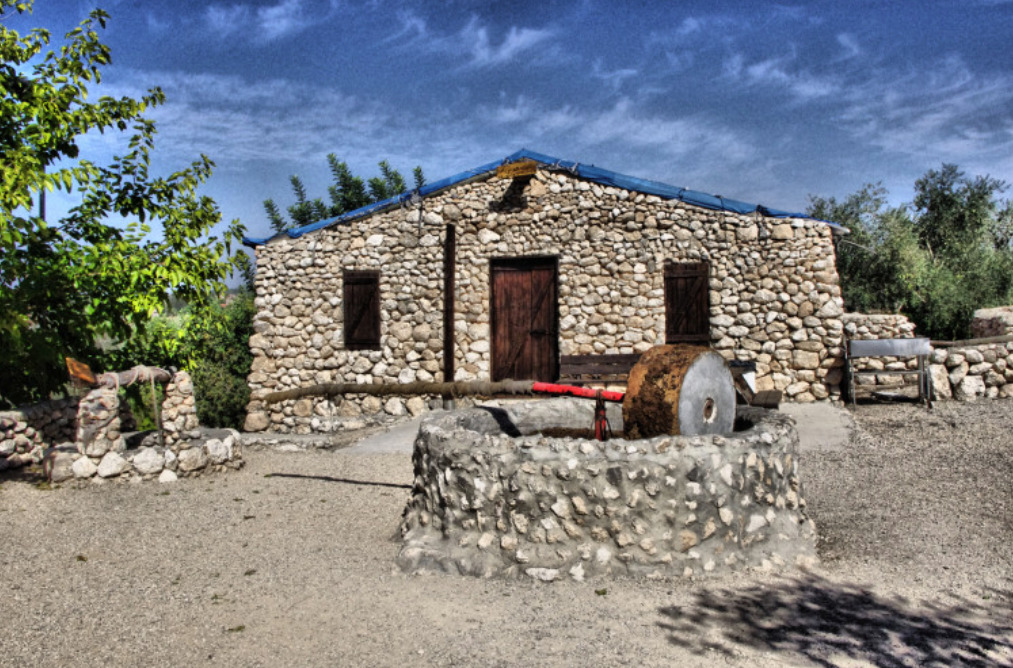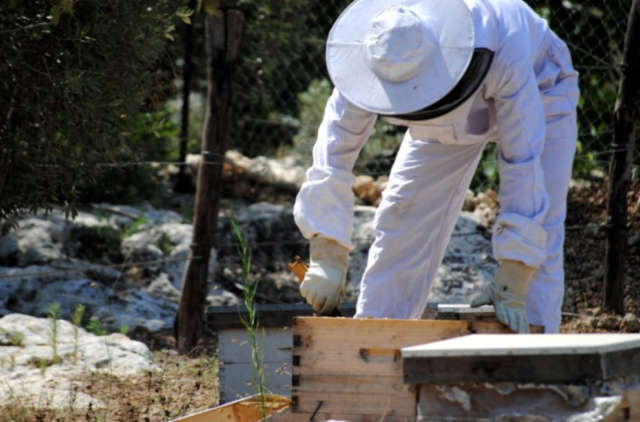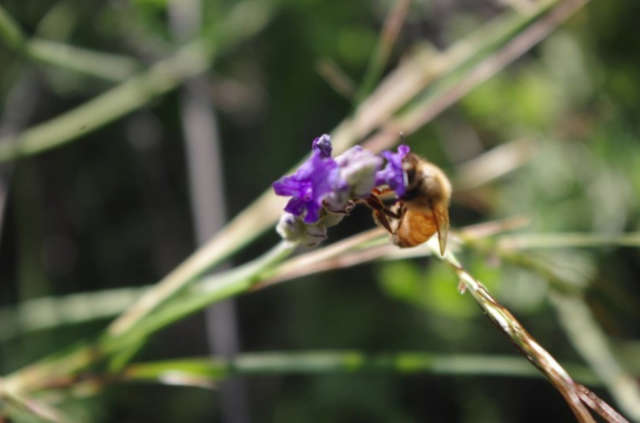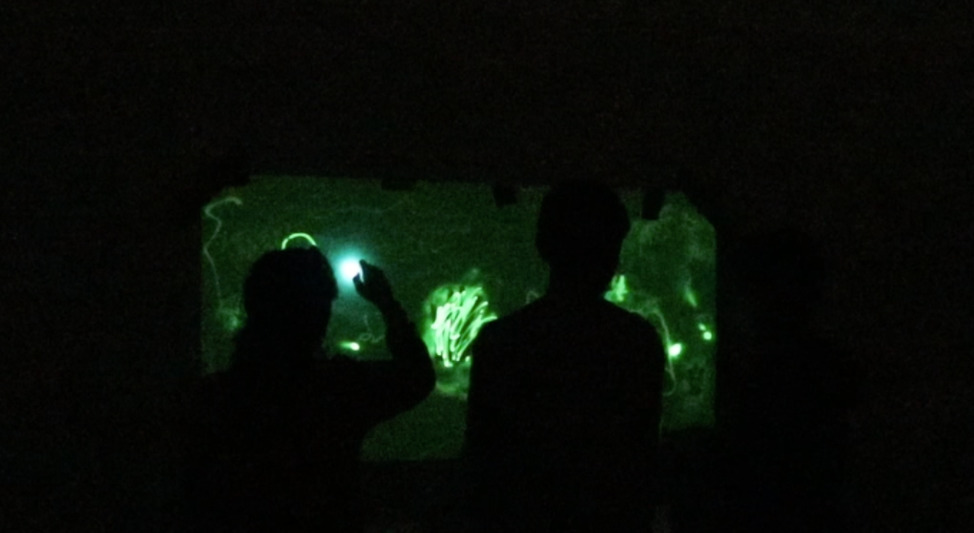De-centering the Researcher: Ten Reflections on Co-Designing with Local Communities
Reflections on how to co-design WITH, not FOR local communities.
This is a contribution from Areej Mawasi; PhD Candidate in Learning, Literacies, and Technologies; Research Assistant at Center for Science and the Imagination; Arizona State University
My first teaching Experience was in an educational community-based village that brought women from together to teach thousands of Arab children about nature, land, environments, and seasons in peasants’ lives. It was an experience that exposed the children to Arab/Palestinian Culture and heritage, called The Arab Traditional Village, located in an Arab town in Israel. By design, the village hosted between 400-1000 students every week, each season, from all geographic areas from North to South. In this space, students usually went around station by station, doing hands-on activities, getting exposure to organic farming and food, learning about plants, water systems, and land, and engaging in storytelling activities. I had multiple roles, including guiding students in the village and working on design and pedagogy. I continued to work there, even after I graduated from my studies in education.

The village community members had a variety of personal, political, and economic circumstances that shaped their work experiences. For this reason, we knew that we all needed to adapt and adjust so every season we tried different models and strategies with visitors. For example, we tried multiple models to keep the prices affordable for all schools and students. I viewed this as an iterative Process in which we were adapting to the needs of the community, particularly women who worked in the village, as well as educators’ and students’ needs, in addition to environmental considerations (e.g., saving water, recycling waste, improving the environment for bees).

When I did this work, I did not imagine that years later I would be a learning scientist working on designing learning environments with community-based organizations. This experience at the village taught me so much more about educatiom work with our local communities. This also led me to think a lot about questions around best practices to create research-community partnerships while also respecting local knowledge and engaging in an active dialogue and agentic collaboration with the people researchers are collaborating with. These thoughts led me to think about methods that could be used to actively co-design with local communities—to think about what Paulo Freire refers to as educational possibilities—as a way to connect and have dialogue between the local knowledge and expertise of communities with researchers’ knowledge.

Researchers in education have been thinking about such questions around collaborations and partnerships focusing on participatory approaches for co-design with youth, educators, parents, children, and other relevant stakeholders. These methods also call for decolonizing our research practices towards ethical practices that center the values of local communities in the research process.1 Yet, in a world driven by neoliberalism in education, traditional assessments, and scalability of design outcomes of such experiences, it is challenging for academic researchers to invest in this kind of research—research that de-centers the researchers’ role and positions participants as knowledge co-constructors while valuing communities’ experiences, histories, and stories.
In the past year, my interests in pedagogies of local communities have led me to explore pedagogical practices of diverse groups that are active in the Middle East, including STEM literacy, reading, political education, citizen media development, and gender. This also led me to conversations with leaders from such organizations, movements, and community members. One example is my conversation with Dr. Rana Dajani, founder of We Love Reading in Jordan, an effort that started as a community project that now extends to at least 50 countries. Despite growing to such a scale, it takes into consideration the local communities’ culture and sustainable impact while focusing on parent-child relationships and supporting reading practices within the local cultural context. I learned from Dr. Dajani that her experience as a scientist helped the project think about culturally relevant assessment tools for the work they are doing with local communities. Another example is my current dissertation work with Al-Rowad for Science and Technology, a STEM education organization that works within a hybrid format between formal and informal education with Arab learners in Israel, which made me explore the efforts community members are doing to better design culturally relevant STEM learning experiences.

While I am still learning in this process, here are some reflective thoughts about such relationships and work. I am grateful I have the opportunity to engage in dialogue with and learn from them. These are reflective thoughts that help me think through design processes for learning environments in such contexts and rethink my own research practices. I am writing these thoughts while emphasizing the importance of attending for a context’s histories, cultures, norms, and politics and to shift from a top-down interventionist approach towards learning from and co-designing with—not just for—local communities’ existing practices:
- Understanding the needs of the community require an involvement of intergenerational community members that represent heterogeneous backgrounds of the community and its values;
- Do not start from technology solutions—listen and identify needs and problems in collaboration with people. While this should be obvious, unfortunately it is not for many corporations and researchers: ed-technology and digital media top down “interventions” in any form will not save the community nor serve its needs if context, values, practices, and infrastructures are not considered;
- Ethical perceptions might be different from one context to another because diverse contexts have different values; this requires understanding and respect for the local communities culture (e.g., what Global North IRB Protocols view as ethical might not be ethical for local communities in the Global South or indigenous societies);
- Designing educational programs that fit the needs of communities does not always require large financial investments. There are programs and existing educational movements that are established with efforts and work from local resources. Seek to support their work instead of approaching it from a top-down intervention;
- Discuss the process and desired outcomes of the collaboration process and how broader community members will be able to learn from the research-partnership process (e.g., media, graphics, toolkits design, workshops, exhibitions, learning processes);
- Listen to community members stories, their lived experiences, history, and speculations about the future of their work or their communities and society;
- Involve members in the research process constructively in all phases (e.g., feedback, logistics of study, content, etc.);
- Collaborate with community on connecting them to resources or/and methods to support their work (e.g., design methods and toolkits with–not just for–community, involving them in conferences publications);
- Acknowledge the dynamic positionalities with the diverse roles one may take in community work as a researcher (e.g., insider, outsider, designer, educator, observer, etc.);
- When it comes to assessment, metrics, and evaluations, shifting away from such colonial terms is important. While for local communities there is an awareness of the importance of measures and evaluations, it is equally important to understand what counts as “impact” for local communities members and society both collectively and individually. Related to this point, goals and timeline of research is often different than it is for practitioners and community members, therefore, understanding these differences and rhythm of work can be helpful in the collaboration process.
Hopefully, these 10 thoughts will lead to better, more enriched partnerships between researchers and local communities. Also, of note, many of these points are also aligned with existing practices documented in resources on participatory methods or/and work with communities. Adding to this, in future work, definition of communities should be more explicit than general as it appears here for this post. For more, check out these references:
- Smith, L. T. (2012). Decolonizing methodologies: Research and indigenous peoples. Zed Books Ltd.
- Megan Bang & Shirin Vossoughi (2016) Participatory Design Research and Educational Justice: Studying Learning and Relations Within Social Change Making, Cognition and Instruction, 34:3, 173-193, DOI: 10.1080/07370008.2016.1181879
- Bakker, A. (2018). Design research in education: A practical guide for early career researchers. Routledge.
- Srinivasan, R. (2018). Whose global village?: Rethinking how technology shapes our world. NYU Press.
- P. 24, on Including Marginalized Youth in Youth participating in community life, Implementing human rights projects in the Middle East and North Africa: Lessons learned and good practices, link
See Chapter 8: Twenty-Five Indigenous Projects in Smith, 2012 ↩

Leave a Reply